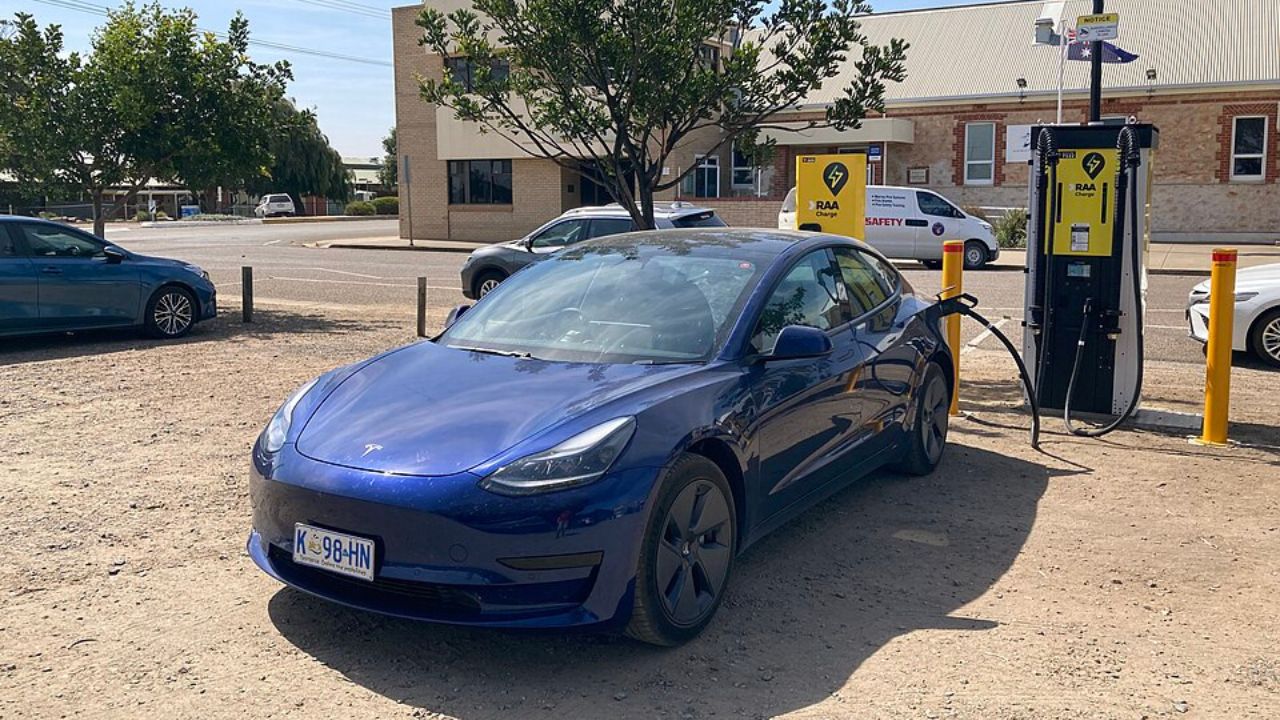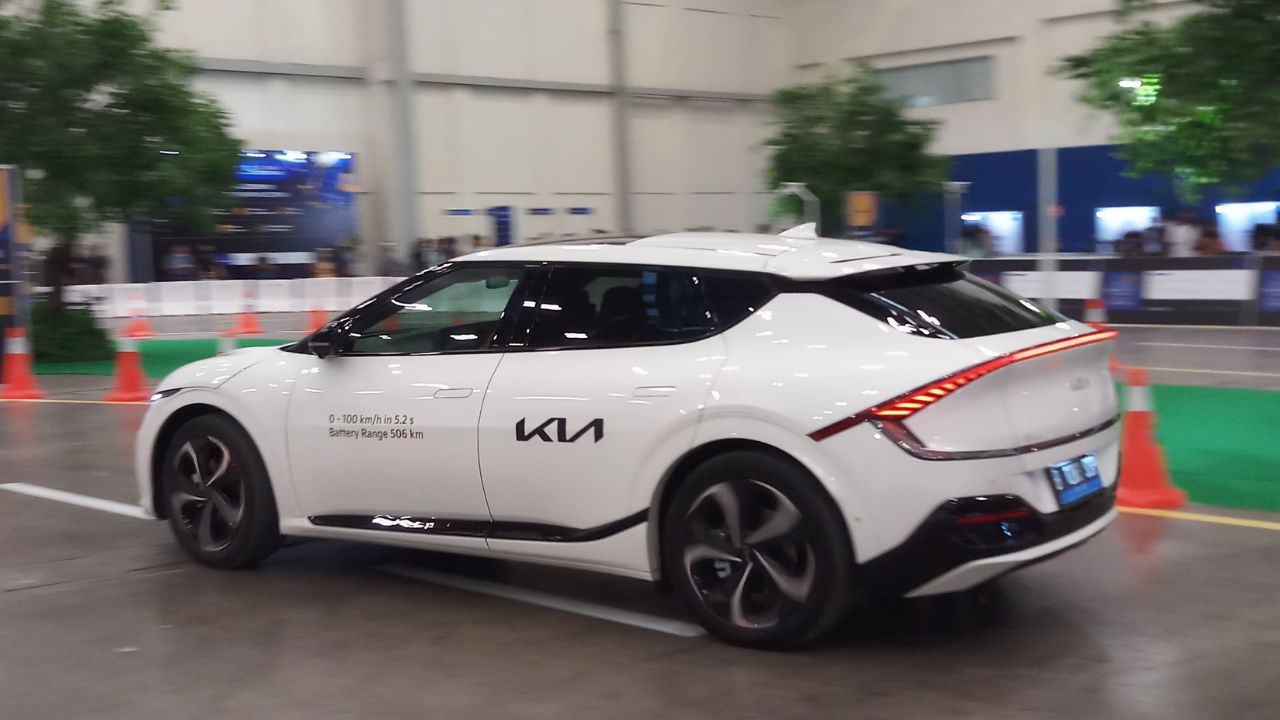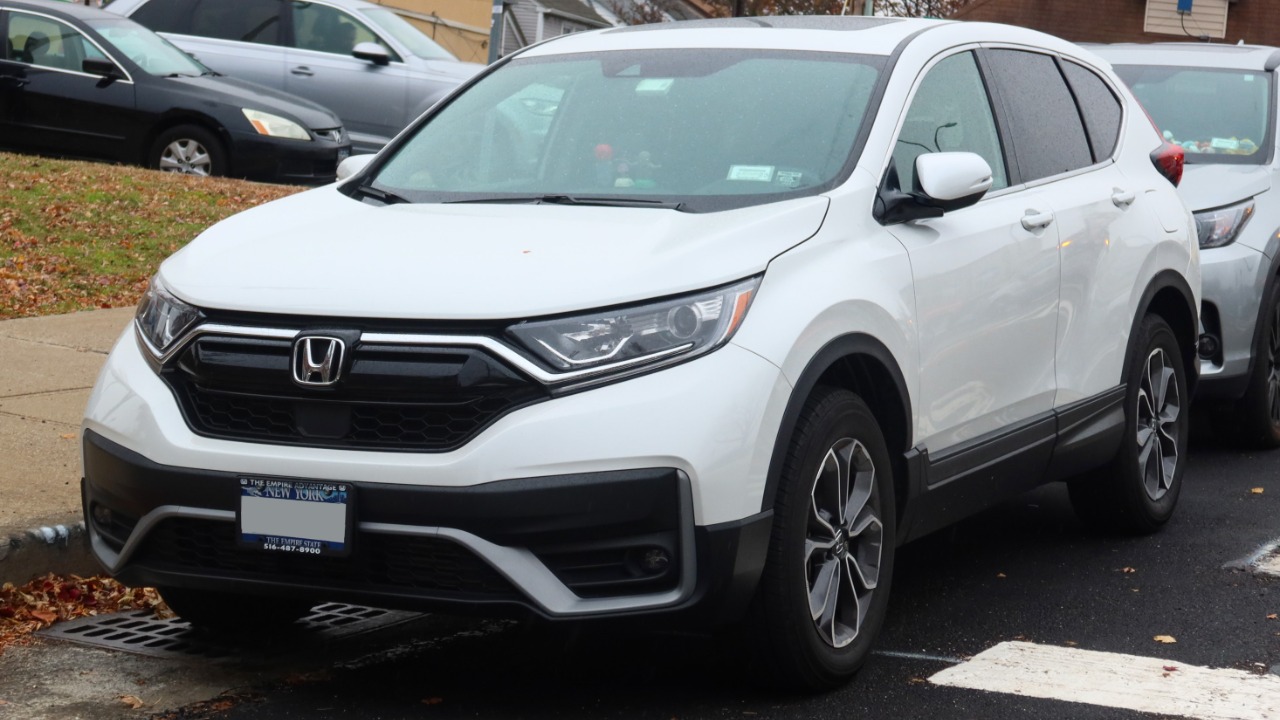With the rise of electric vehicles (EVs), long road trips are becoming more sustainable and environmentally friendly. However, EV owners often have concerns about comfort and range when embarking on extended journeys. Modern EVs are addressing these challenges to ensure a pleasant and stress-free travel experience.
Understanding EV Range and Its Impact on Long Trips
One of the key concerns for EV owners planning a long road trip is understanding the vehicle’s range. EV range is typically calculated based on the capacity of the battery and the efficiency of the electric motor, measured under standardized test conditions. However, real-world factors such as speed, terrain, and weather can significantly influence the actual distance an EV can travel on a single charge. For instance, the 2022 Tesla Model S offers an impressive range of over 405 miles under optimal conditions, but this can vary with different driving styles and environmental factors.
Advancements in battery technology have played a crucial role in extending the range of modern EVs. Innovations such as solid-state batteries and improvements in lithium-ion technology have increased both the capacity and efficiency of EV batteries. The 2023 Ford Mustang Mach-E, for example, features a battery with enhanced energy density, allowing it to achieve a range of up to 300 miles. Additionally, EV drivers can use apps like PlugShare or A Better Routeplanner to strategically plan their charging stops, ensuring they make the most of available charging infrastructure.
Comfort Features in Modern Electric Vehicles
When it comes to comfort on long drives, modern EVs are designed with the driver’s and passengers’ needs in mind. The cabin of the 2023 Hyundai Ioniq 5, for example, is crafted for spaciousness and comfort, featuring ergonomic seating, advanced climate control, and a state-of-the-art infotainment system. These amenities help create a pleasant environment conducive to long-distance travel, allowing passengers to relax and enjoy the journey.
The quiet operation of electric motors also contributes significantly to the comfort of EVs. Unlike traditional internal combustion engines, EVs like the 2024 Nissan Ariya produce minimal noise, allowing for a more serene cabin experience. Many models also incorporate soundproofing materials to further reduce external noise, enhancing the overall driving experience. Additionally, driver-assistance technologies such as Tesla’s Autopilot or the adaptive cruise control in the 2025 Volkswagen ID.4 can reduce fatigue, making long road trips less strenuous.
Maximizing Range Efficiency
Efficient driving habits can greatly impact the range of an EV, making them crucial for long-distance travel. Smooth acceleration, maintaining steady speeds, and avoiding harsh braking are some of the strategies that can help maximize mileage. The 2023 Chevrolet Bolt EUV, for instance, offers a built-in range estimation tool that helps drivers monitor their efficiency in real-time, encouraging better driving practices.
Regenerative braking is another feature that can extend an EV’s range by capturing energy that would otherwise be lost during braking. This technology is standard in many modern EVs, such as the 2024 Kia EV6, which allows drivers to adjust the level of regenerative braking to suit their driving style. Pre-trip vehicle checks are also essential; ensuring optimal tire pressure and the latest software updates can help maintain efficiency. It’s always a good idea to schedule a maintenance check before embarking on a long journey to ensure the vehicle is in top condition.
Navigating the Charging Infrastructure

The availability and type of charging stations can significantly affect the ease of a long road trip in an EV. Understanding the differences between Level 1, Level 2, and DC fast chargers is crucial. While Level 1 chargers are suitable for overnight charging at home, Level 2 chargers can be found at many public locations, providing a faster charge. For those on long trips, DC fast chargers are indispensable, offering rapid charging to get you back on the road quickly. The 2025 Rivian R1T, for example, supports DC fast charging, allowing it to gain up to 140 miles of range in just 20 minutes.
Charging network reliability and coverage are steadily improving, with companies like Electrify America and Tesla expanding their networks to cover more remote areas. However, it’s essential to plan charging stops to minimize downtime. Apps like ChargePoint or the Tesla Supercharger map can help identify convenient locations for breaks, meals, or rest, turning charging stops into opportunities for relaxation. Staying informed about network updates and expansions can also help plan future trips more efficiently.
Real-life Experiences and Testimonials
Hearing from other EV owners can provide valuable insights into managing range and comfort on long journeys. Take, for example, the experience of a 2022 BMW i4 owner who embarked on a cross-country trip. They found that pre-planning charging stops and using apps like EVgo made the journey smooth and enjoyable. They also noted that the vehicle’s comfortable seating and quiet cabin made the long hours on the road more pleasant.
Lessons from these extended journeys highlight practical advice and common pitfalls to avoid. Many EV owners emphasize the importance of planning and flexibility. Comparing EVs to traditional vehicles, they often note the reduced environmental impact and lower fuel costs as significant advantages. While charging times may require adjustment, the overall experience can be equally if not more rewarding than traveling in a gas-powered vehicle, especially with the ever-improving infrastructure and vehicle capabilities.
Like Fast Lane Only’s content? Be sure to follow us.
Here’s more from us:
*Created with AI assistance and editor review.







Leave a Reply